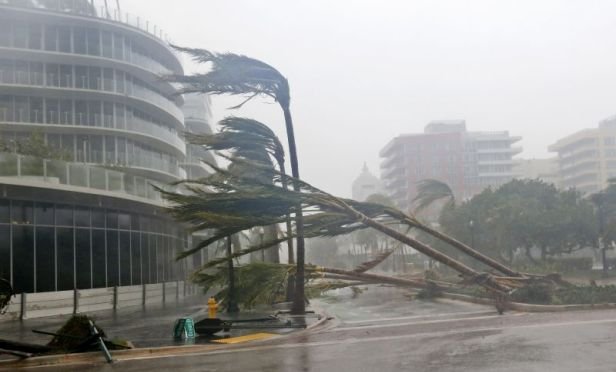 Palm trees lie strewn across the road as Hurricane Irma passes by, Sunday, Sept. 10, 2017, in Miami Beach. (AP Photo/Wilfredo Lee)
Palm trees lie strewn across the road as Hurricane Irma passes by, Sunday, Sept. 10, 2017, in Miami Beach. (AP Photo/Wilfredo Lee)
Talk about great timing. After sections of Florida experienced some flooding and heavy winds from Subtropical Depression Alberto, we talked with Katalina Cruz, COO of Miami-based KW Property Management & Consulting (KWPMC) to discuss storm preparedness.
Recommended For You
Want to continue reading?
Become a Free PropertyCasualty360 Digital Reader
Your access to unlimited PropertyCasualty360 content isn’t changing.
Once you are an ALM digital member, you’ll receive:
- Breaking insurance news and analysis, on-site and via our newsletters and custom alerts
- Weekly Insurance Speak podcast featuring exclusive interviews with industry leaders
- Educational webcasts, white papers, and ebooks from industry thought leaders
- Critical converage of the employee benefits and financial advisory markets on our other ALM sites, BenefitsPRO and ThinkAdvisor
Already have an account? Sign In Now


